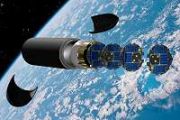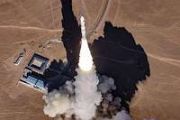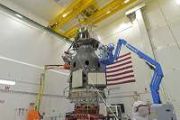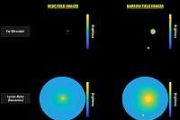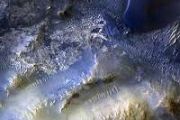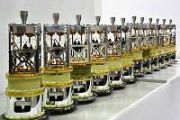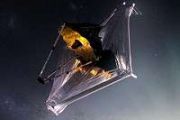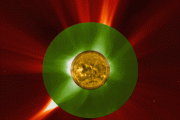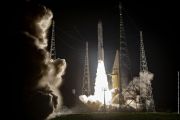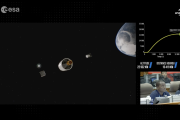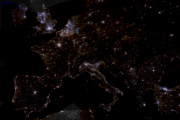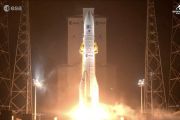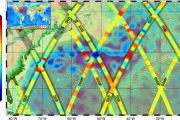
Copernical Team
NASA system predicts small asteroid to pass close by Earth this week
 On Thursday, Jan. 26, a small near-Earth asteroid will have a very close encounter with our planet. Designated 2023 BU, the asteroid will zoom over the southern tip of South America at about 4:27 p.m. PST (7:27 p.m. EST) only 2,200 miles (3,600 kilometers) above the planet's surface and well within the orbit of geosynchronous satellites.
There is no risk of the asteroid impacting Earth. Bu
On Thursday, Jan. 26, a small near-Earth asteroid will have a very close encounter with our planet. Designated 2023 BU, the asteroid will zoom over the southern tip of South America at about 4:27 p.m. PST (7:27 p.m. EST) only 2,200 miles (3,600 kilometers) above the planet's surface and well within the orbit of geosynchronous satellites.
There is no risk of the asteroid impacting Earth. Bu Lucy spacecraft set to encounter new asteroid target
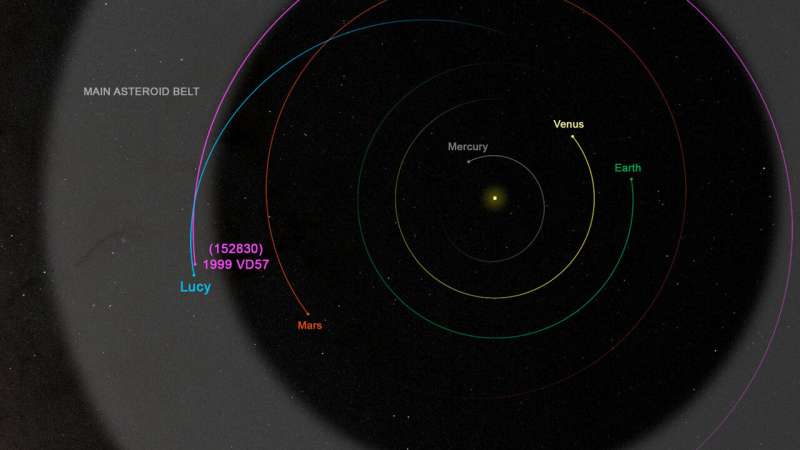
NASA's Lucy spacecraft will add another asteroid encounter to its 4-billion-mile journey. On Nov. 1, 2023, the Southwest Research Institute-led Lucy mission will get a close-up view of a small main belt asteroid to conduct an engineering test of the spacecraft's innovative asteroid-tracking navigation system.
New NASA safety system enables Rocket Lab launch from Wallops
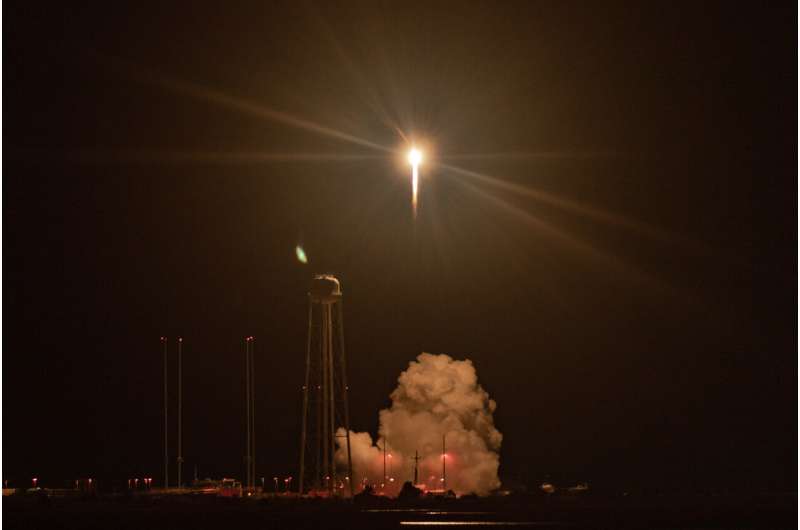
A revolutionary NASA flight safety system has enabled a new era of space transportation with the successful flight of Rocket Lab U.S.'s Electron rocket Jan. 24, from NASA's Wallops Flight Facility in Virginia.
This mission, the first Electron launch from the United States, was enabled by NASA's work in developing the NASA Autonomous Flight Termination Unit (NAFTU), a critical piece of flight safety technology required for this mission.
ESA chief vows to restore Europe's access to space

ESA’s digital Historical Archives open online

We’re marking 20 years of the European Centre for Space Records in ESA ESRIN, Frascati, one of the physical homes of the ESA Archives, by giving access to our digital holdings in a new web portal.
Giant iceberg breaks away from Antarctic ice shelf
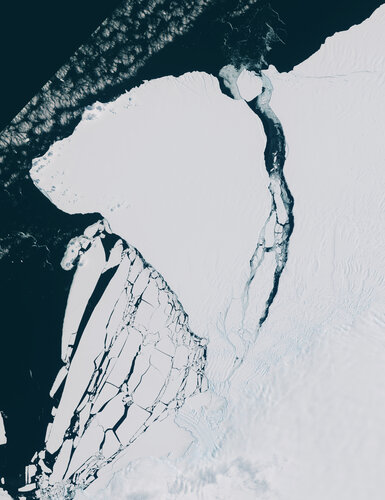
Satellite imagery confirms an enormous iceberg, around five times the size of Malta, has finally calved from Antarctica’s Brunt Ice Shelf. The new berg, estimated to be around 1550 sq km and around 150 m thick, calved when the crack known as Chasm-1 fully extended northwards severing the west part of the ice shelf.
This crack was first revealed to be extending in early 2012 after having been dormant for some decades. After several years of desperately clinging on, image data from the Copernicus Sentinel missions visually confirm the calving event.
Printed nerves for a satellite
 Image:
Printed nerves for a satellite
Image:
Printed nerves for a satellite Rocket Lab launches first Electron mission from US
 Rocket Lab USA, Inc. has launched its 33rd Electron rocket and first mission from Virginia. The "Virginia is for Launch Lovers" mission lifted off at 18:00 EST on January 24th from Rocket Lab Launch Complex 2 (LC-2) at Virginia Space's Mid-Atlantic Regional Spaceport within NASA's Wallops Flight Facility. The mission deployed three satellites to a 550km orbit for leading radio frequency geospati
Rocket Lab USA, Inc. has launched its 33rd Electron rocket and first mission from Virginia. The "Virginia is for Launch Lovers" mission lifted off at 18:00 EST on January 24th from Rocket Lab Launch Complex 2 (LC-2) at Virginia Space's Mid-Atlantic Regional Spaceport within NASA's Wallops Flight Facility. The mission deployed three satellites to a 550km orbit for leading radio frequency geospati Astronomers confirm age of most distant galaxy with oxygen
 A new study led by a joint team at Nagoya University and the National Astronomical Observatory of Japan has measured the cosmic age of a very distant galaxy. The team used the ALMA radio telescope array to detect a radio signal that has been travelling for approximately 97% of the age of the Universe. This discovery confirms the existence of galaxies in the very early Universe found by the James
A new study led by a joint team at Nagoya University and the National Astronomical Observatory of Japan has measured the cosmic age of a very distant galaxy. The team used the ALMA radio telescope array to detect a radio signal that has been travelling for approximately 97% of the age of the Universe. This discovery confirms the existence of galaxies in the very early Universe found by the James Rocket Lab launches first Electron mission from US soil
 Rocket Lab USA, Inc. has launched its 33rd Electron rocket and first mission from Virginia. The "Virginia is for Launch Lovers" mission lifted off at 18:00 EST on January 24th from Rocket Lab Launch Complex 2 (LC-2) at Virginia Space's Mid-Atlantic Regional Spaceport within NASA's Wallops Flight Facility. The mission deployed three satellites to a 550km orbit for leading radio frequency geospati
Rocket Lab USA, Inc. has launched its 33rd Electron rocket and first mission from Virginia. The "Virginia is for Launch Lovers" mission lifted off at 18:00 EST on January 24th from Rocket Lab Launch Complex 2 (LC-2) at Virginia Space's Mid-Atlantic Regional Spaceport within NASA's Wallops Flight Facility. The mission deployed three satellites to a 550km orbit for leading radio frequency geospati 



